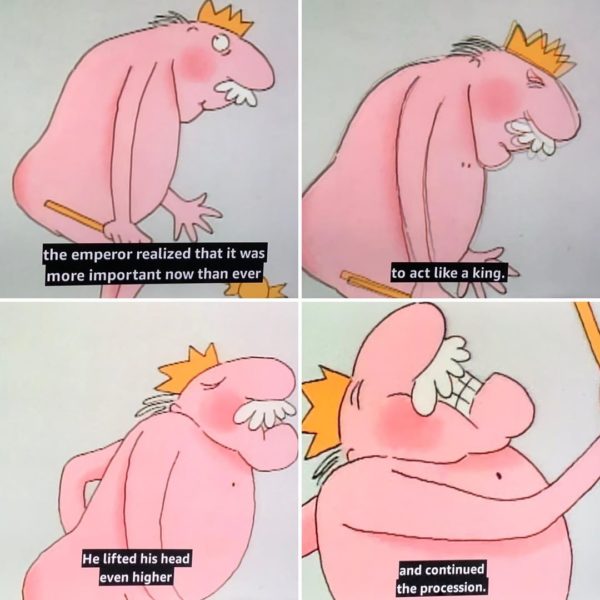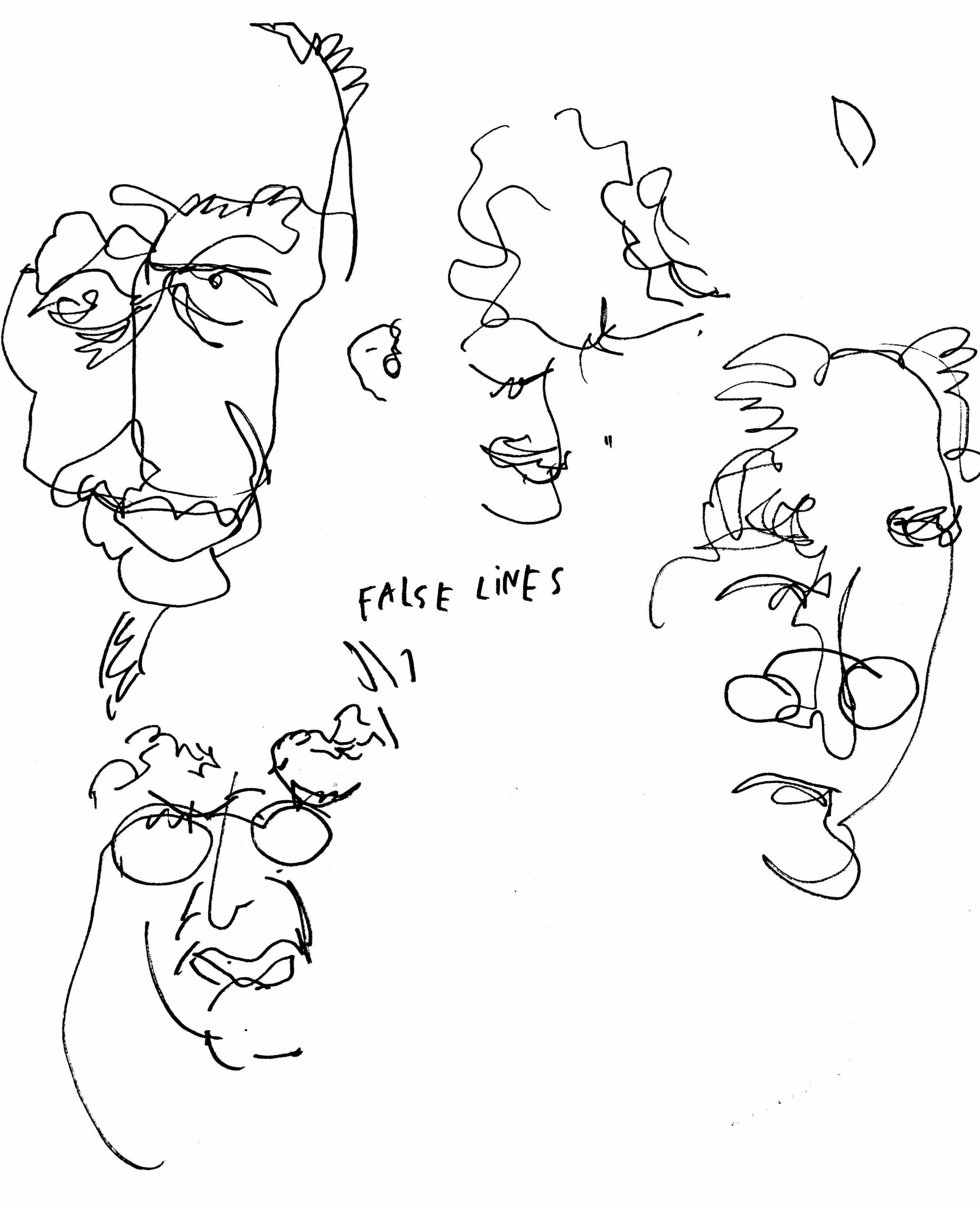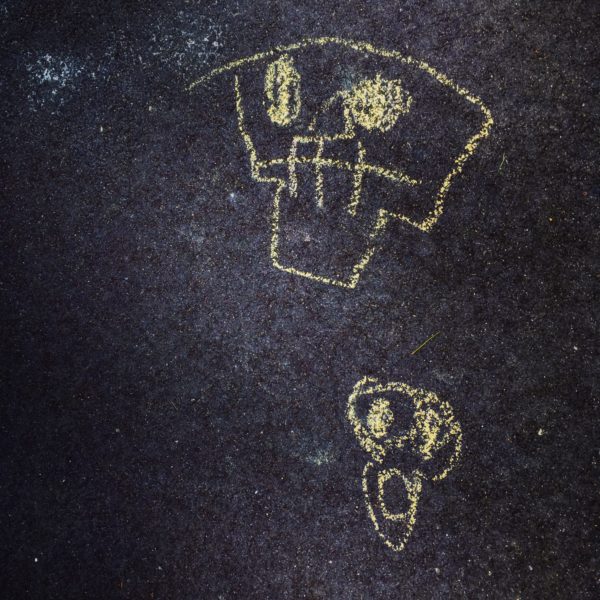
Here are a few frames from the Gene Deitch’s animated version of “The Emperor’s New Clothes.” The original Hans Christian Andersen story is essential reading for understanding our times, but, as I have noted before, you must pay close attention to the ending. I would also point out that in the Nunnally translation, the emperor’s new clothes are invisible to anyone “unfit for his position or inexcusably stupid.” (Show me a fairy tale more on-the-nose!)

